 Blog
Blog
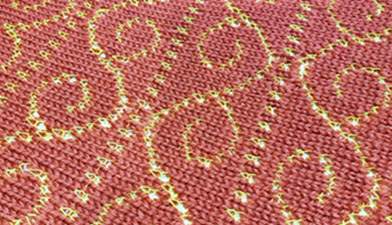
Machine Knitting Techniques
Thread lace vs
Often overlooked, Thread Lace is an easy technique to create openwork "lace" fabrics with a knitting machine.more...
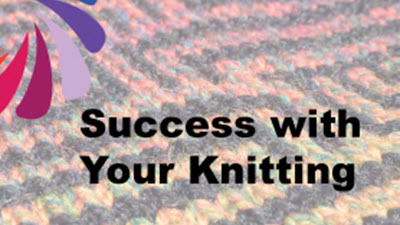
Machine Knitting Tips
11 Steps for Success with Your Knitting
11 steps for success with your knitting. No matter where you are on your machine knitting journey, check to make sure you are taking the right steps from start to finish.Number 9 may surprise you.
more...

Machine Knitting Tips
Too much math
"Machine knitting is not for me ... there's too much MATH". Hand or machine, there are times when we need to drag out a calculator, but Knit it Now offers solutions that make this easier. Explore 8 times math is used for your knitting and how you can avoid the pain.more...
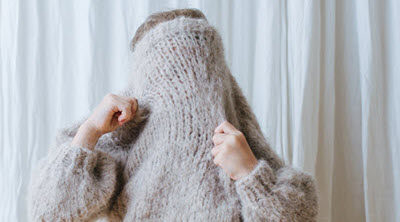
Knitwear Design
Kids Heads are Big!
When knitting pullover sweaters for babies and kids, it's important to make sure the neck opening will fit over the head.Looking at sizing charts, 3 month heads are 15". Neck openings are 4.5". Yes, knitting stretches, but leaving one shoulder open is the answer.
Make it easier for Mom and baby - leave a shoulder open and add a designer element!
more...
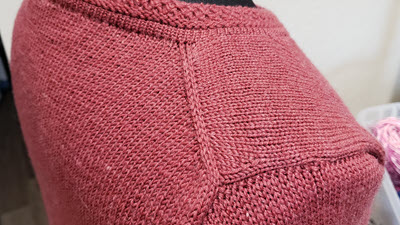
Knitwear Design
European Shoulder
A European Shoulder style sweater has shoulder seam shifted towards the back, so the seam is not at the top of the shoulder.more...
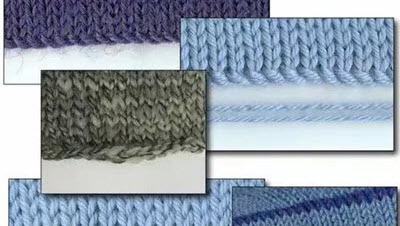
Machine Knitting Techniques
Open Cast on vs Closed Cast on
There are many ways of getting your knitting started. Each method has it's uses, and falls in 2 categories; Open cast on and Closed cast on. Being familiar with multiple cast on methods is essential for all machine knitters.more...
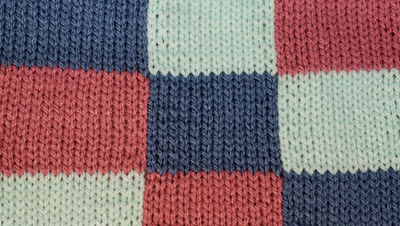
Machine Knitting Techniques
Intarsia on the Machine
Intarsia (picture knitting) is a technique that allows color changes in the middle of the row without having floats across the back of the knittingmore...
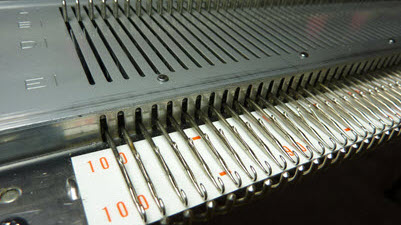
Machine Knitting Tips
Not Enough Needles
Whether you are knitting a blanket or a sweater, you probably have discovered the fact that our knitting machines have a limited number of needles to work with. This means we can only knit pieces that are a limited size.
Unlike hand knitting, we can't use a longer cable needle and add more stitches. We have to get creative to knit larger pieces on the machine.
Let's explore some options for the "not enough needles" dilemma.
more...

Machine Knitting Techniques
Machine Knit Neckbands: Jazz em Up!
Bands around necklines, armholes or at hems don't have to be boring!Machine knitters can easily add some interest by adding something extra where the bands meet the garment edge or along the turning row.
more...
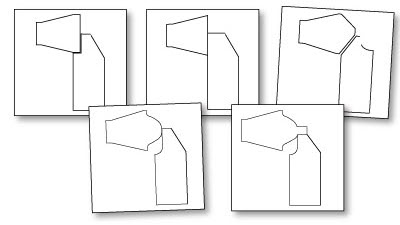
Knitwear Design
Armhole / Sleeve Choices for Knitters
When choosing a sweater style the first consideration is the armhole / sleeve style.
Looking at any knitting pattern or even ready-to-wear sweaters, it's important to be able to recognize the basic shape.
Let's explore some common armhole/sleeve styles and the features of each in terms of knitting skills needed and fit.
more...
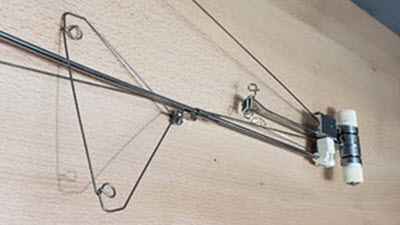
Machine Knitting Techniques
Knitting Machine Tension Mast tips
The knitting machine tension mast feeds the yarn to the carriage and controls the rate that the yarn flows. Comparing swatches knit at different tension mast settings reveals the how important this device is to successful machine knitting.more...
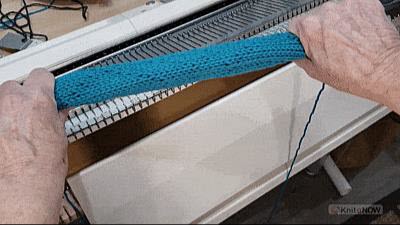
Machine Knitting Techniques
Tubing Your Knitting
As we machine knit, our knitting is stretched across the needlebed and we also hang weights. This can distort the stitches. Many machine knitters will "tube" their knitting to "pop" the stitches into place.more...